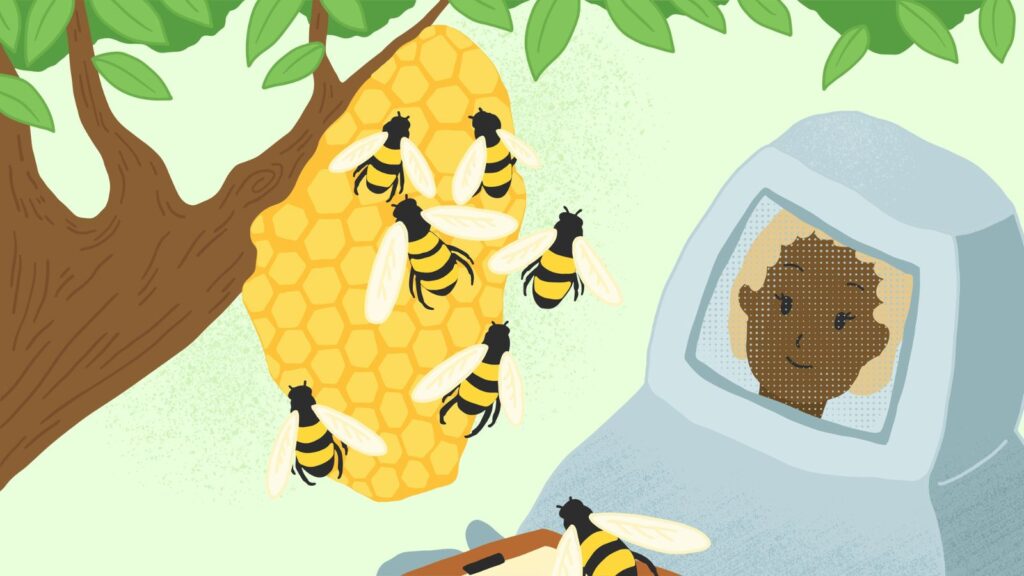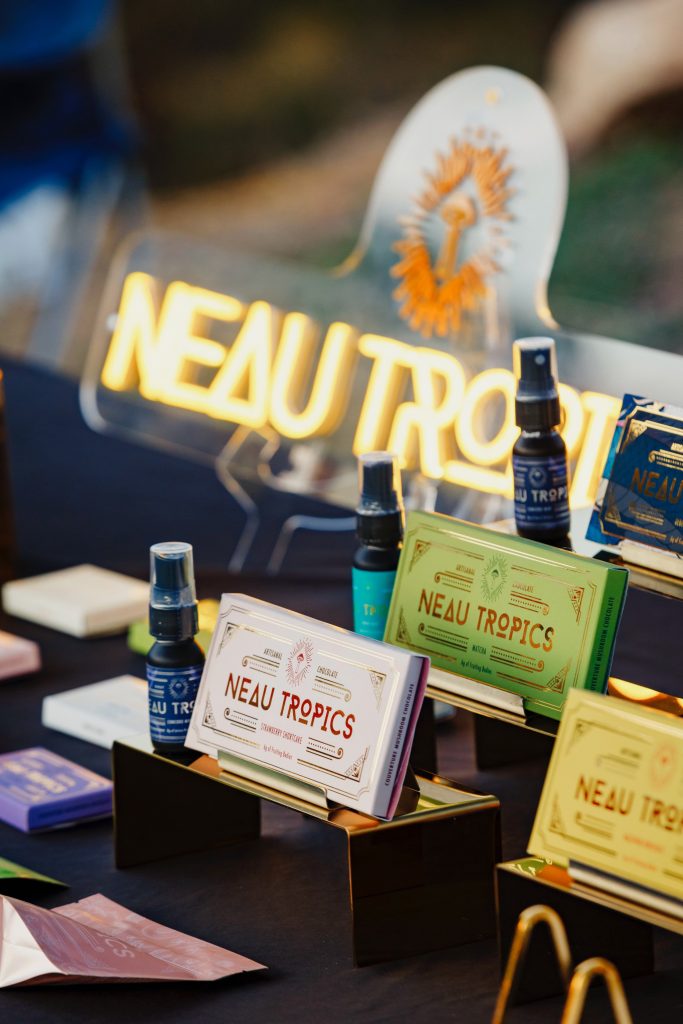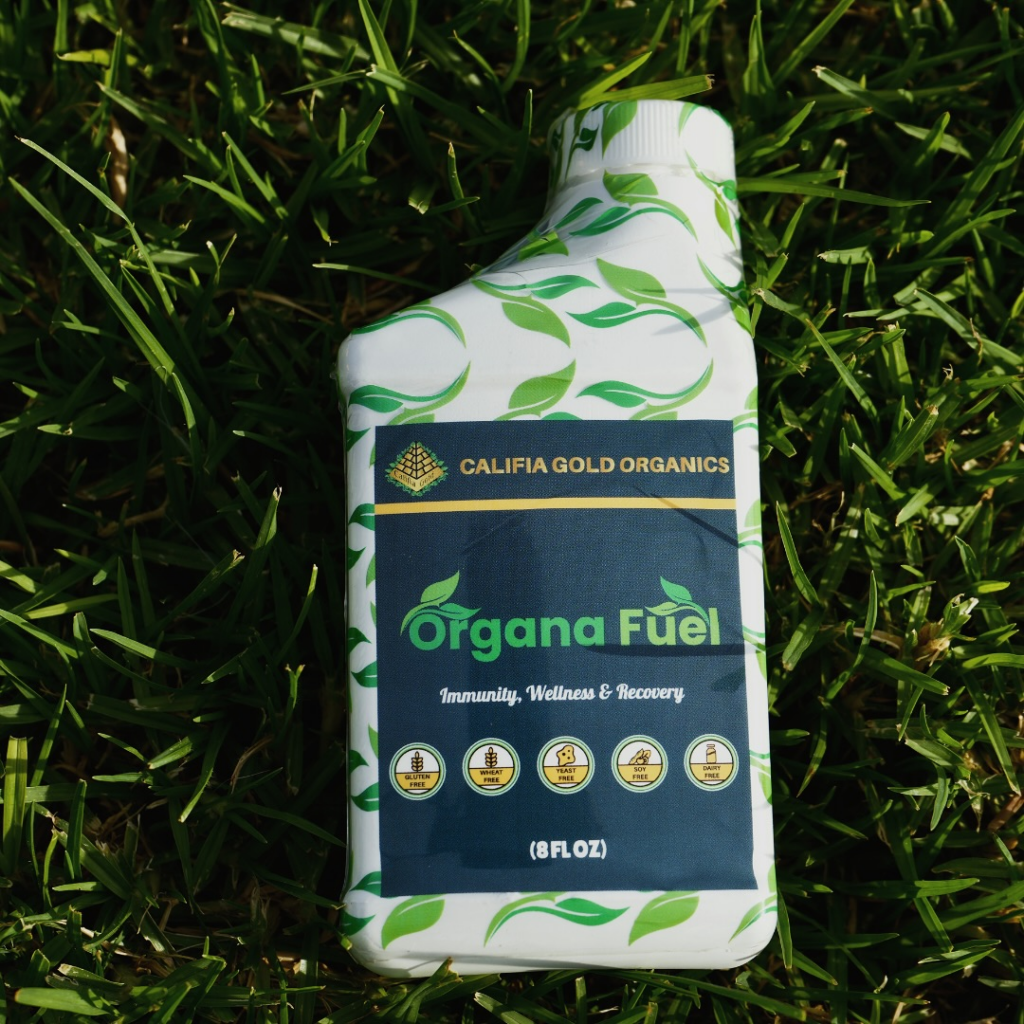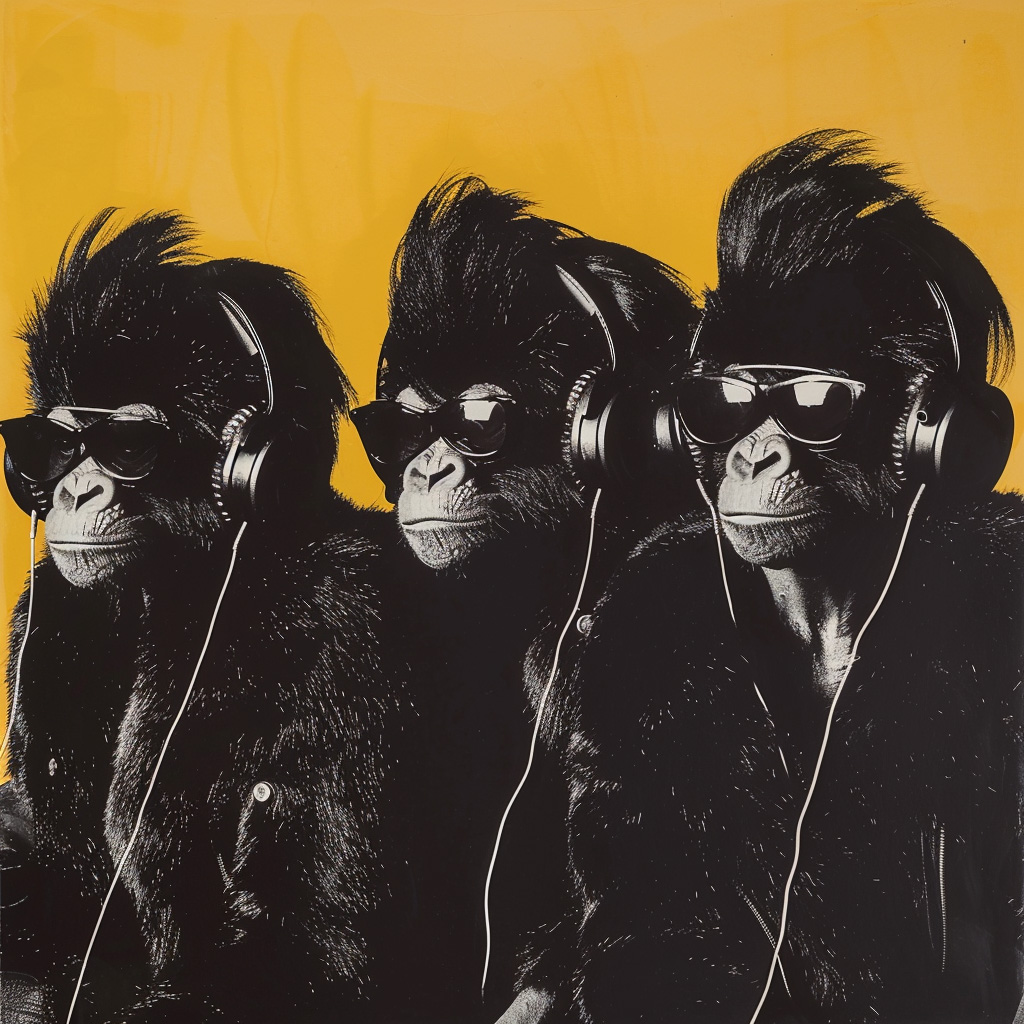Alcove of Dreams is a book that contains an art, a style, one that unfolds with repeated and elongated viewings of the same. Gwyllm’s writings, too, reflect his contribution to the Art & Entheogensia worlds.
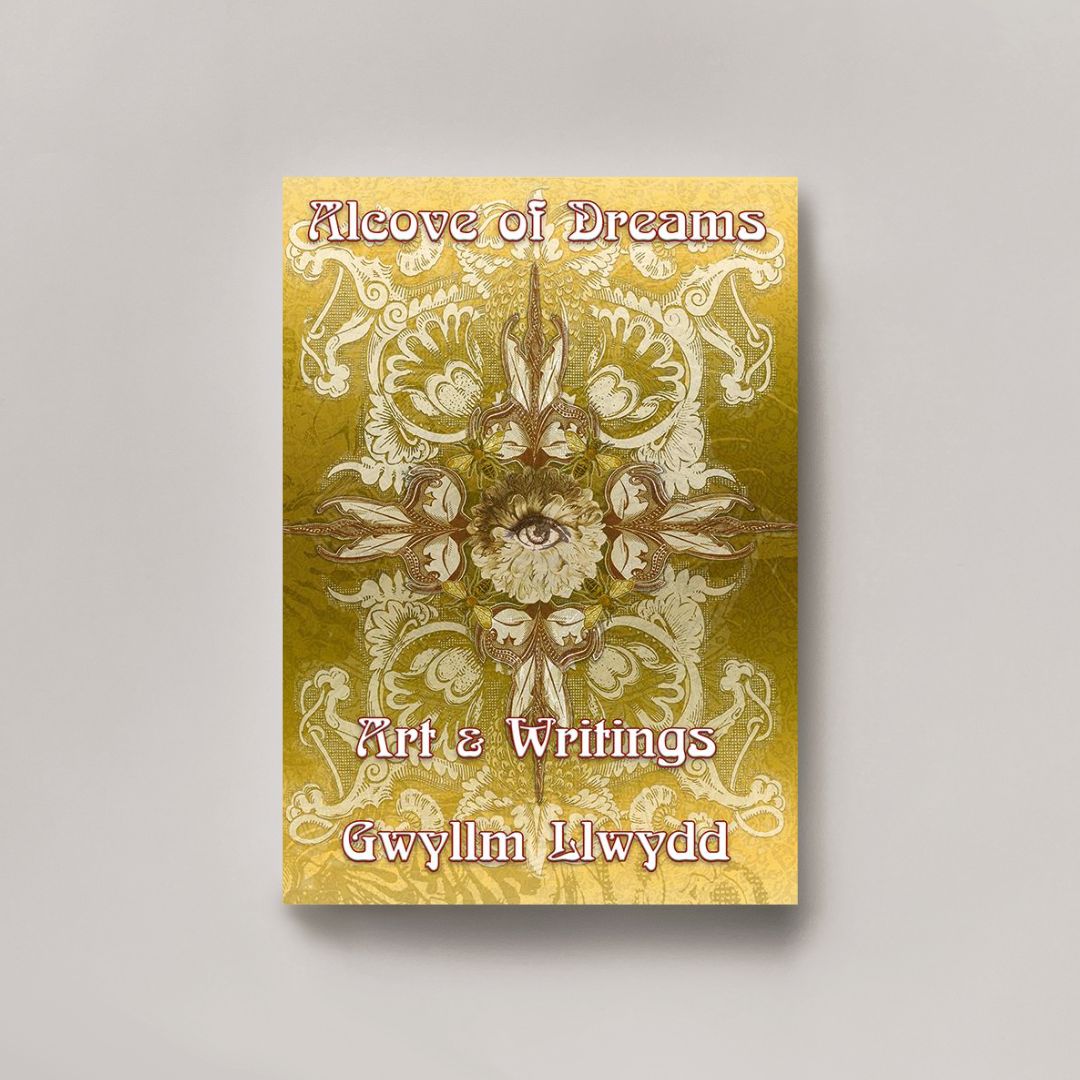

About the Author: Gwyllm Llwydd
Gwyllm Llwydd has long swum through the seas of Art & Entheogensia. His early artistic influences were Willifred Sätty, Max Ernst, Rick Griffin, and various schools of Buddhist Mandala Art. Pursuing the depths of the Mandala and its secrets has been the basis of his art ever since.
The basic tools for his artistic adventures lately have been Airbrush and Photoshop. He is an artist, friend, father, grandfather, writer/editor, ex-musician, and entheonaut. Publisher of The Invisible College Review and more. He lives in the Pacific Northwest with his family and is currently working on painting, neighborhood murals, publishing “The Invisible College Magazine” as well as publishing other works.
He has a long-running blog, “The Hares Tale/aka Turfing” (15 years and counting!), and is involved with the developing online community. He sincerely believes that community, art, love, and opening up your mind are part of the puzzle (among many) to a Brave New World. He is here for the change.
Dreams Must Explain Themselves
The book is in a simple style, and as is par for the course in such realms—the simple is often brushed off as not containing a deep reflection of this World.
Alcove of Dreams is peppered with outstanding contributions of paintings, collages, and blotter, as a journey; or the Way that this artist has built up a life from the Shakti-laden 1960’s.
Llwydd’s personal meetings with Timothy Leary, Ph.D., and Allen Ginsberg inspires a vision: a vision where the elders, or the kinfolk who’ve made their Way can deeply impact an initiation for the brilliance present in the youth—not through hierarchies of self-importance; rather—by being human and sincerely lending an ear to the dreams of those who will go on to hold the torch.
Salvia Divining
Alcove of Dreams is peppered with a great many personal forays that the author and his travelling companions have undertaken on the Poison Path; these reports are lucid and written with a heavy dose of humility and true Reverence.
For instance, the appearance of the Mantis may be taken as a brush-off sort of tale; however, with a more deep imagination and really standing and using our own hands, we can see the sublime sense the author must have faced upon such a happening.
Significantly, though the recollections of the author’s dosages with Salvia Divinorum are as priceless gems, an author once had asked, quite rhetorically perhaps, about any possible usage of Salvia Divinorum towards Buddhist practice—in the spirit of not spoiling a fantastic piece of art, the reviewer would may be ask those pondering the question to read up Llwydd’s take on the Shepherdess, the just-this sage.
Art for the Future
According to Lama Mike Crowley, the pieces in this book are easy to dismiss as simplistic in the hurried mentality of our day-to-day lives. However, with some time and genuine curiosity, it may yet appear that indeed, here is an inspired vision. With single pieces containing up to 195 layers, these pieces are to be approached, nay studied at length—truly, this is art for the future.
Publicizing oneself also reveals a humility and vulnerability that the artist shares from his true heart with the odd reader. One wonders what possibilities may lie up here had Llwydd played a more overtly outspoken role in promoting his vision. But, nay—here there is no regret.
This is a book for the ages, in my opinion. It is a soon-to-be timeless artifact and soul work from that revolutionary period of the Human Experiment—the latter half of the 20th century—along with a whole lot of ‘Drop Out, Tune In, Drop In’.

